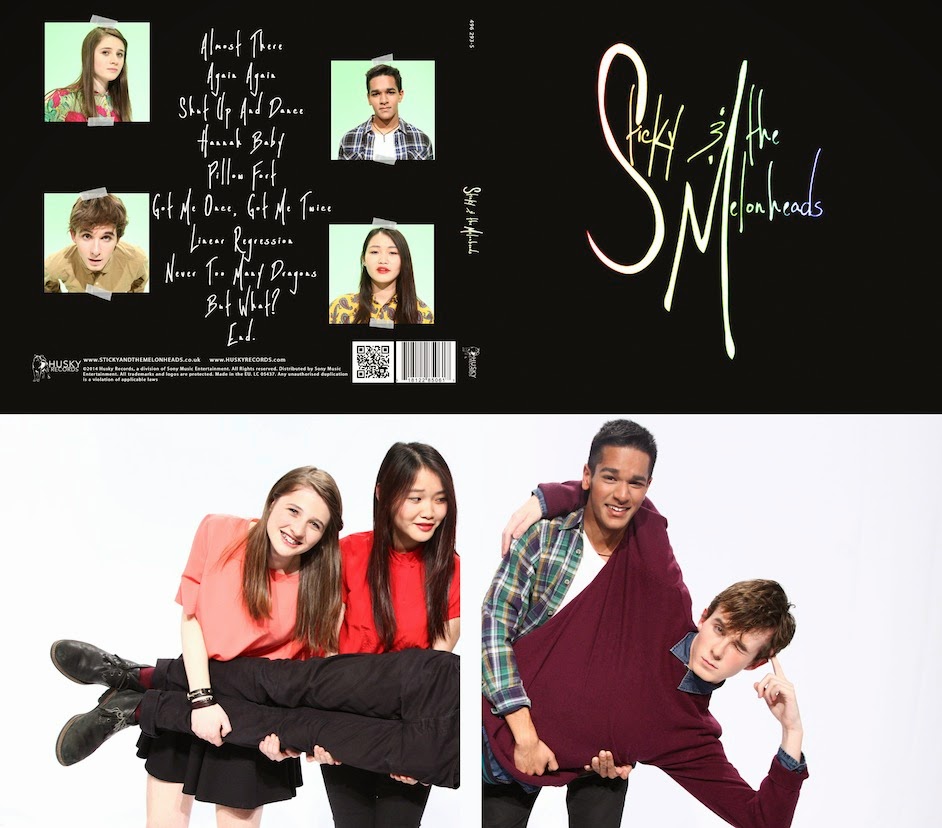First we had to set up for the band scenes, and modelled this on our plans, but decided on the shoot day to stick a piece of paper with the band logo on the drum kit:
This is because it is conventional for bands to do this:
(Examples: Panic! at the Disco, Kodaline and The 1975)
We set up the lighting and then got ready in costume and make-up.
 |
| Chrystal and I setting up lighting |
 |
| Juliette doing my make-up |
Once this was done, we could move on to filming:
Because this was the first time performing in front of the camera, it was slightly nerve-racking and took some time to get used to. In the end we viewed this session as more of a practice, to learn from for next time.
After the band shots, we moved on to the 90s scene. This is the set:
Brandon, Chrystal and I got more of an opportunity to be behind the camera and direct the performers this time. I preferred this to being in front of the camera because I felt more in control of what the shot would look like since I could see it.
 |
| Juliette was helpful as a director, advising us on movement/positions etc. and seeing if it looked good on camera |
After the band shots, we moved on to the 90s scene. This is the set:
We built the sofa out of two chairs with cloth borrowed from the art department draped over it and cushions, as well as a coffee table and the Central Perk mug to reference Friends. We also had a boombox to connote the 90s era as a whole.
 |
| Juliette and Jacob on the monitor - the monitor was helpful because it meant we could all see the footage on a bigger screen and watch it at the same time, so we could all give input |
More photographs from the set
Here is the footage we shot that day:
Juliette's character jumps onto the sofa, acting flirtatious, and as the lead goes to lift the cup to drink from it, she stops him, lowering the cup and then kissing him on the cheek.
Later, we watched over our footage and were given advice from Ms Blackborow. We decided we would shoot everything again and made a list of things to improve:
Band:
- Improve Chrystal's image - straighten her hair so she looks more obviously styled and give her red lipstick to match her shirt
- Rehearse the band performance so we look more natural and confident performing
90s:
- Re-frame these shots so that the camera is on eye level:
- Improve Jacob's lip-sync so it looks more realistic
- Lift the cup higher so that the logo is clearer







.jpg)














































